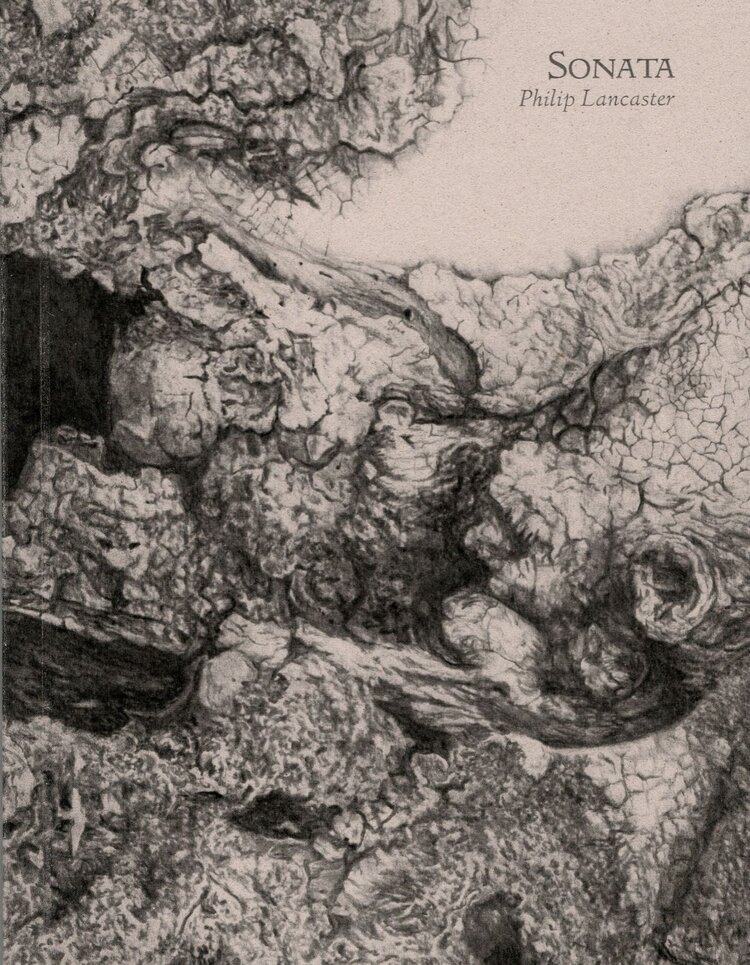
I’m utterly thrilled that Guillemot Press has just published my new extended poem, Sonata: violare, col legno, in a book that is a wonderfully beautiful and tactile object, irrespective of its content! I’m never sure how much one should divulge of the makings and intention of a work such as this, but I thought I might share something of its genesis and process.
It began life in 2014 with the seed of an idea. Thanks to some generous and encouraging friends, I had just published a small collection of poems by subscription, Fulcrum. I had decided in 2011 to answer the need to create, having suppressed it for 15 years. Writing music was my deepest need, but I didn’t have the confidence or space to return to writing music (our first children — twins — arrived in spring 2011!), so I started with poetry. In 2014 I was just starting to write music, and I was thinking about poetry post-Fulcrum. With thoughts of both music and poetry in mind, I started thinking about the idea of combining musical forms with verbal music. On 8 July 2014 two ideas came to mind: the notion of a poetic symphony, bringing musical structures into a verbal work; and a more complex notion of a poetic string quartet, in which four voices give their own poetic lines, which work singly, but also combine in harmony to produce a single, collective music; sometimes as soli or in dialogue, sometimes in full concurrent conversation. I imagined it to be in a few movements with a prologue and epilogue, one movement set in the woods, playing upon the mode of playing stringed instruments ‘with the wood’ of the bow — in Italian, ‘col legno’. Another movement would speak of water, of rivers and rain, titled with an Italian term I knew from one of Kenneth Leighton’s string quartets, ‘Scorrevole’: flowing; gliding.
Ideas for ‘Quartet’ started to take to the page. The beginnings of a full conversational dialogue in four parts, with multiple possible readings, began to take shape. Then I started to write music, and my attention was diverted.
In July 2016, after completing my first large-scale musical work, the chamber oratorio, War Passion, I returned to the ‘Quartet’, and made various further notes. But it was slow work. Slower than my usual rate of writing, which is already very slow. The multiple voices and the various ways of reading made it rather an ambitious undertaking, to say the least! With us by then having three young children, I started to think that it was going to be something that I wouldn’t be able to work in earnest at until my retirement in some 40 years’ time — if ever one is able to retire.
In 2017 I was feeding my love of Nordic poetry by exploring for the first time the work of Finland-Swedish poet Tua Forsström. I became engrossed in her wonderful collection, ‘One evening in October I rowed out on the lake’, translated by David McDuff and published by Bloodaxe Books. I was particularly taken with how Forsström carried a few phrases, motifs, across the collection, recurring and developing in their different contexts. It made me think: why not turn the ideas had had for Quartet into a single poem in sonata form, in which such motifs equate to the musical themes/motifs that are explored and interrogated in that musical form. This would sort of steer the idea for the quartet towards that other idea of the symphony, in which some movements are traditionally in sonata form. I would retain some sense of the dialogue, but the poem would now take verbal motifs and subjects as its raw structure. Sonata was born.
The ideas and material that I had already been developing in Quartet were adapted and developed, and over the course of the next three years (which also saw the arrival of our fourth — and final — child!) Sonata slowly came to birth, until it was completed in spring 2020.
Although the origin of the poem lay in its formal considerations, I hope that the narrative trumps the framework in reading the poem; a narrative exploring the idea and pursuit of silence, the blights of crippling self-doubt, noise, tinnitus, and with its other subtexts and ideas that might be carved out in the reading — never mind whatever each reader brings to the poem themselves. Although demarcated into 15 sections, the poem is a single piece; a single narrative. I hope that you might be interested to read the poem, and that this brief history of its genesis and making won’t put you off. Do please take a look at Guillemot Press’s website, and buy a copy of Sonata. I was utterly delighted when they said that they would like to publish the poem, and I am hugely proud of both the poem and what Guillemot have done with it, with its beautiful and utterly fasincating cover artwork by Anna Hussey. Guillemot Press create books that are things of genuine beauty and a real pleasure to read, with some wonderful poetry, so do please explore their catalogue more widely.
Launch Event, 10 June!
If you are reading this post before 10 June 2021, then you would be very welcome to attend the free online launch event for the book, which you can book for on the events page of Guillemot’s website. I will be reading the whole poem at that event. If you are reading this after 10 June 2021, there is a chance that the reading might have made its way onto Guillemot’s YouTube channel.
I have created a ‘trailer’ for Sonata, including a reading of an extract from the poem. This video trailer took a turn towards a piece of sound art, and I am greatly tempted (should time and opportunity allow!) to create a full audio/video recording of the whole poem. For now, though, you can get a glimpse of the poem as it takes a turn towards darkness in this trailer:

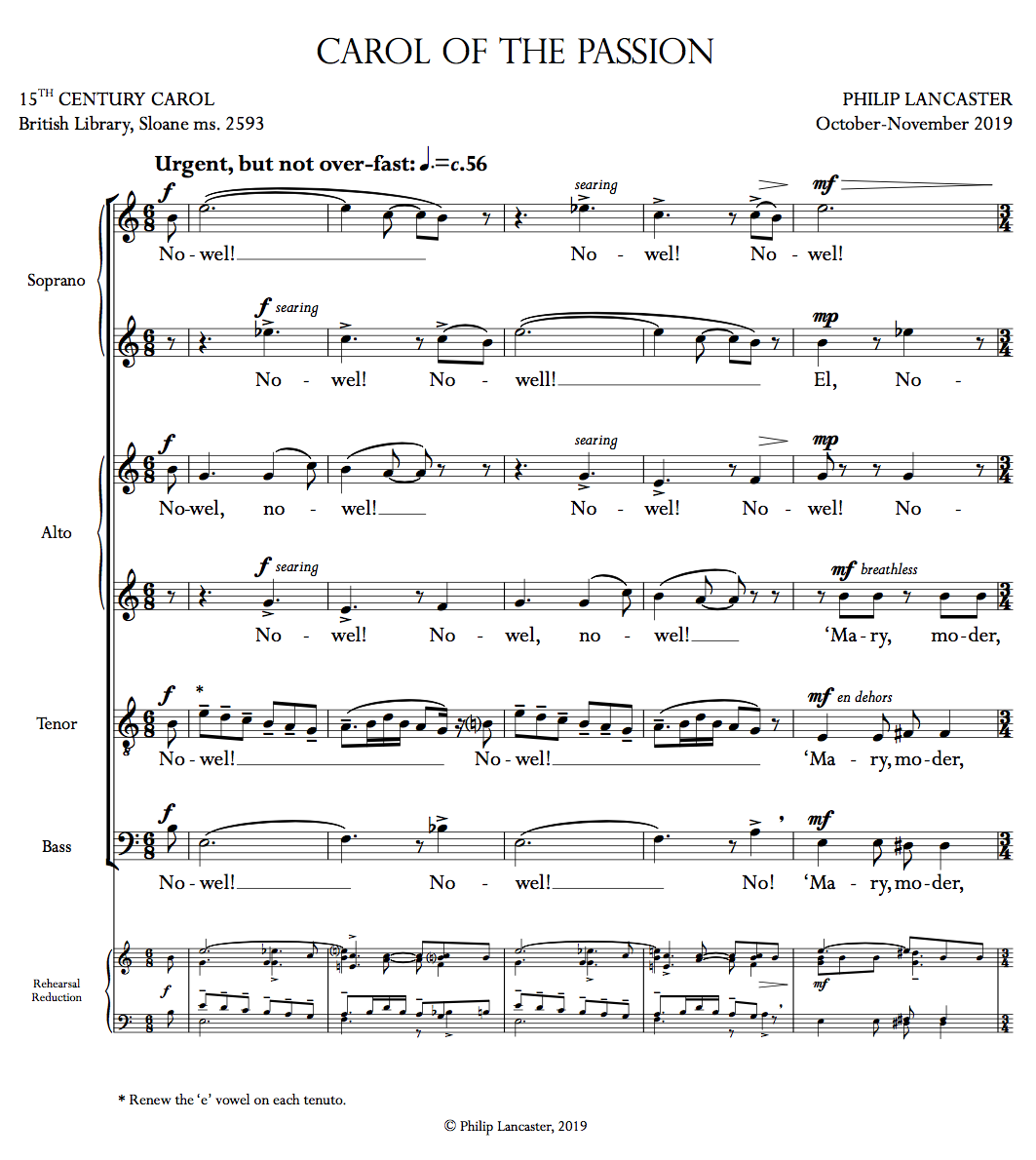
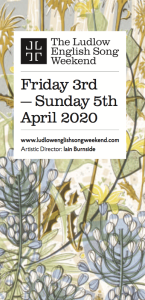 For a composer, one of the greatest privileges in life is having one of your works performed, having the piece brought to life. We write these things, hearing them in our minds, and then they lie silent on the page. Only in performance do they truly come to life, and only then can a composer know whether they have got the thing right — whatever that might mean.
For a composer, one of the greatest privileges in life is having one of your works performed, having the piece brought to life. We write these things, hearing them in our minds, and then they lie silent on the page. Only in performance do they truly come to life, and only then can a composer know whether they have got the thing right — whatever that might mean.
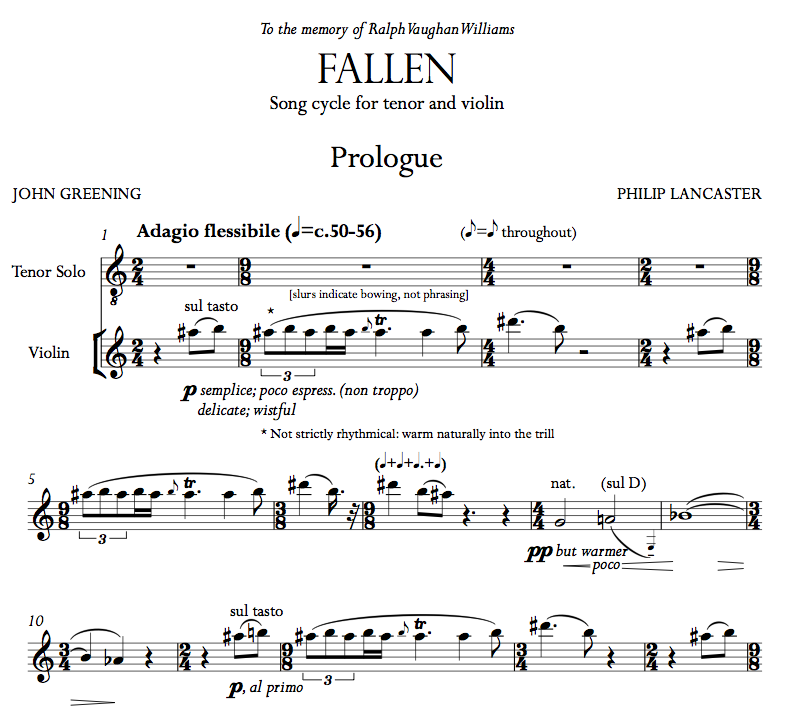
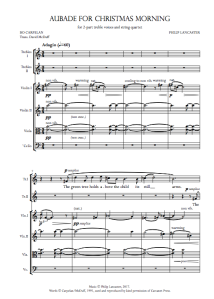 In recent weeks I have been revising and completing a piece which I first drafted a year ago: an Aubade for Christmas Morning, for 2-part trebles and string quartet. It is a setting of a short poem by the Finnish poet Bo Carpelan (1926-2011), in a translation by David McDuff, ‘The green tree, the blue sea’, from Carpelan’s collection The Cool Day (1961). It is not an openly ‘Christmassy’ poem, if there is such a thing. Indeed it doesn’t even mention that, or any other, season — nor indeed any time of day. It is extraordinarily simple in its means. A tree holds its arms above a child; the sound of the sea mingles with the child’s breath. These interactions with the child happened ‘years ago’, and yet the tree and the sea remain: through them we have a connection with that child. The child might be any child, but the apparent need to hold that connection, to feel that link, made me think of a particular child whose birth we celebrate in late December. My aubade echoes the procession of these ideas: the peace of the child; the passing of time; and the joy at the realisation that the connection with the child remains. Whilst I completed that first draft some while ago, the end has always nagged at me as being unsatisfactory. It was just too unabatedly joyful; its end to too decisively affirmative. Those who know me will testify to my curmudgeonliness. I am what is most properly known as a ‘grumpy bugger’ — but that is not to say that I don’t know joy. I merely express it in more introverted ways. One of those ways is through my music, where one can risk just a little joy, but — as in the case of the Aubade — it can’t be too forthright in its expression. So, I revised the end, the joy easing into a peace imbued with that joy; a peace born of the knowledge that we share those connections of the tree and sea that witnessed the child’s being. The Christmasness (if there is such a word) of the setting is affirmed in small nods to both ‘The Sussex Carol’ and ‘Angelus ad Virginem’ in the acompaniment.
In recent weeks I have been revising and completing a piece which I first drafted a year ago: an Aubade for Christmas Morning, for 2-part trebles and string quartet. It is a setting of a short poem by the Finnish poet Bo Carpelan (1926-2011), in a translation by David McDuff, ‘The green tree, the blue sea’, from Carpelan’s collection The Cool Day (1961). It is not an openly ‘Christmassy’ poem, if there is such a thing. Indeed it doesn’t even mention that, or any other, season — nor indeed any time of day. It is extraordinarily simple in its means. A tree holds its arms above a child; the sound of the sea mingles with the child’s breath. These interactions with the child happened ‘years ago’, and yet the tree and the sea remain: through them we have a connection with that child. The child might be any child, but the apparent need to hold that connection, to feel that link, made me think of a particular child whose birth we celebrate in late December. My aubade echoes the procession of these ideas: the peace of the child; the passing of time; and the joy at the realisation that the connection with the child remains. Whilst I completed that first draft some while ago, the end has always nagged at me as being unsatisfactory. It was just too unabatedly joyful; its end to too decisively affirmative. Those who know me will testify to my curmudgeonliness. I am what is most properly known as a ‘grumpy bugger’ — but that is not to say that I don’t know joy. I merely express it in more introverted ways. One of those ways is through my music, where one can risk just a little joy, but — as in the case of the Aubade — it can’t be too forthright in its expression. So, I revised the end, the joy easing into a peace imbued with that joy; a peace born of the knowledge that we share those connections of the tree and sea that witnessed the child’s being. The Christmasness (if there is such a word) of the setting is affirmed in small nods to both ‘The Sussex Carol’ and ‘Angelus ad Virginem’ in the acompaniment.